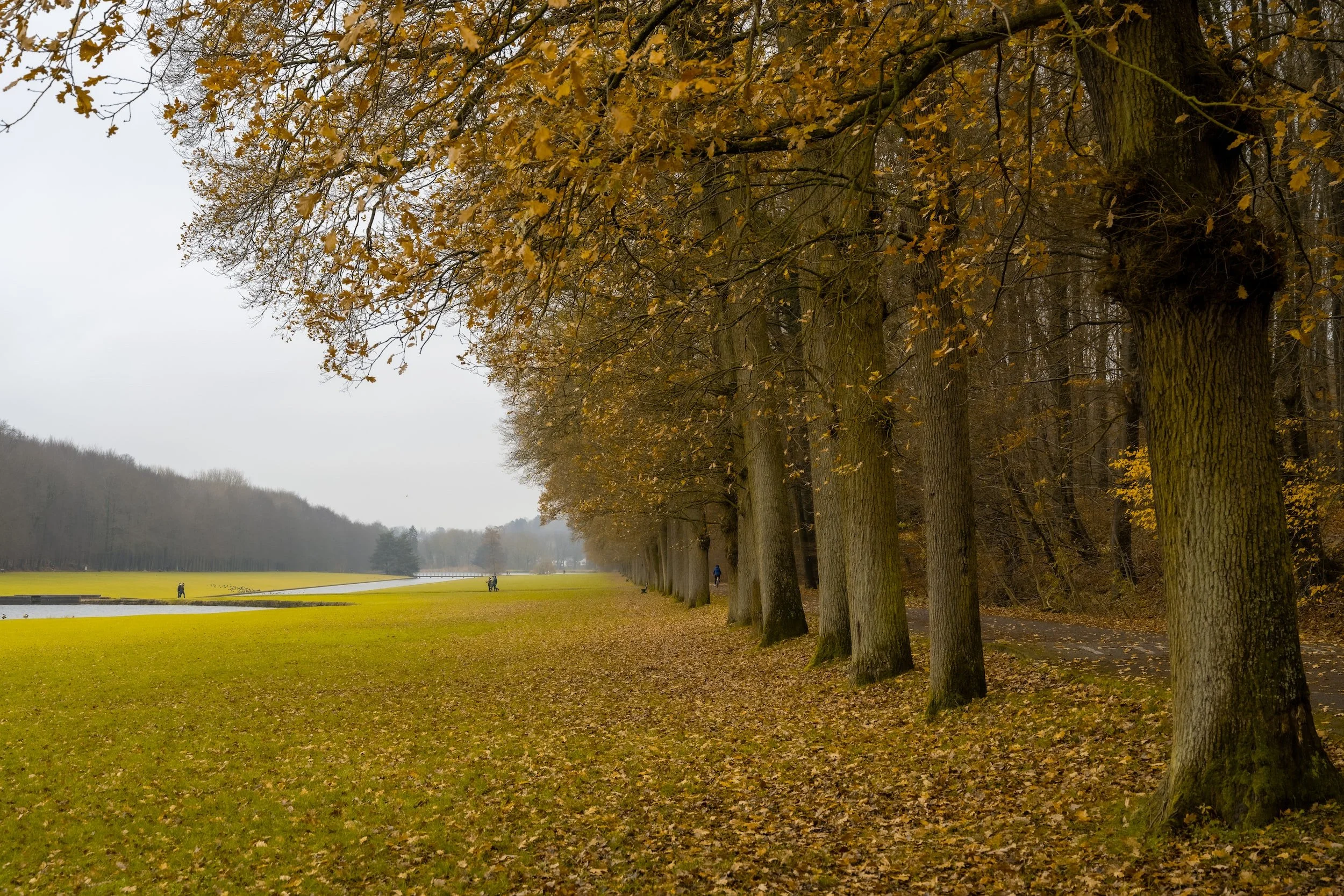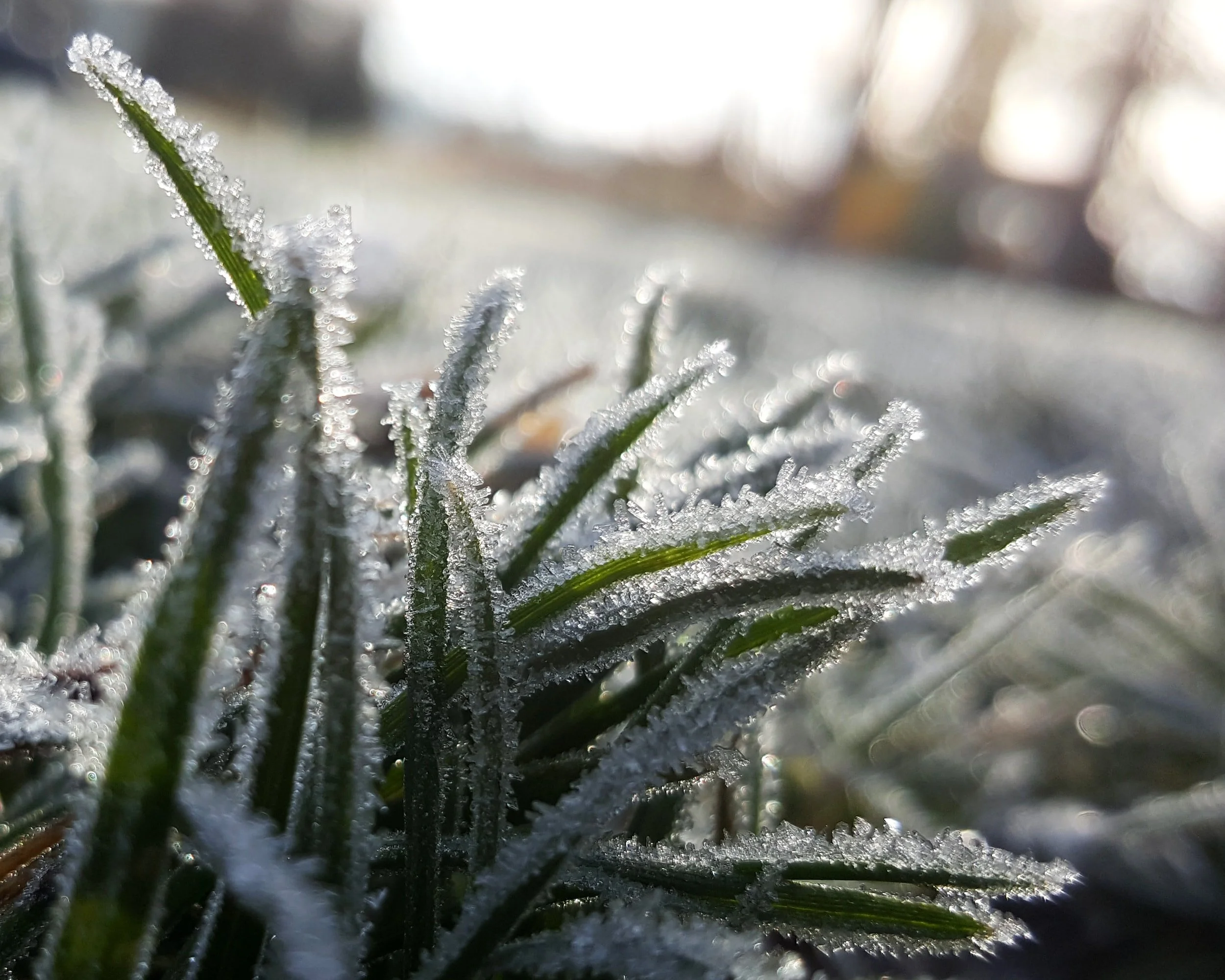Maple Valley Natural Yard Care Calendar
Spring
In the spring, turf grass emerges from its dormant period. Now is the time to prepare your lawn at the beginning of the growing season to help your grass be at its best through the summer and fall.
March:
Mow 0-2 times per month.
Aerate by hand or mechanically. Aeration should be performed at least once per year, or more if your lawn receives heavy foot traffic or is used to park vehicles.
Dig out or spot treat perennial weeds.
Dethatch before mid-April (only if necessary), using a dethatching rake to lift and break up the thatch layer.
April:
Mow 4 times per month at a medium height setting, making sure not to remove more than 1/3 of the lawns height at a time. Leave grass clippings on the lawn to help restore nutrients to the soil.
Test your soil to see what fertilizer or other treatments are needed to best support your lawn’s health.
Over-seed bare spots.
Fertilize with slow-release, organic fertilizer. Use a 3-1-2 ratio.
May:
Mow 4-6 times per month.
Dig out dandelions to prevent seeding.
Check any irrigation systems.
Fertilize with slow-release, organic fertilizer.
Summer
In summer, turf grass is often highly stressed due to high temperatures. Your role is primarily maintenance: mowing and watering effectively can make a big difference. Stay on top of mowing to keep your lawn at its healthiest.
June:
Mow 4-6 times per month.
Water deeply, slowly, and infrequently, ideally in early morning hours. No lawn should be watered more than 2-3 times a week, even in hot conditions. Don’t rely on timers, as temperatures will determine how much water your lawn needs.
July:
Mow 4 times per month.
Water deeply, slowly, and infrequently. Alternatively, you can allow your lawn to go dormant if you don’t mind it turning brown by watering once per month, saving water.
Avoid fertilizing.
August:
Continue to water and mow regularly.
Start planning any fall changes to your lawn (such as replacement with alternative groundcovers).
Fall
In fall, its time to prepare for the next growing season. Fallen leaves can be raked and composted separately or can be used directly as compost for your lawn by running them over with your lawnmower.
September:
Mow 4 times per month.
Fertilize when rain begins with a slow-release, organic fertilizer.
If you are concerned about broadleaf weeds (such as dandelion or clover), dig them up or spot treat with a targeted herbicide.
October:
Mow 2-3 times per month.
Aerate if necessary.
November:
Apply a winter fertilizer.
Mow as necessary if conditions are not excessively wet or cold.
Winter
Turf grass is dormant during the winter. Soil is often soggy or wet and can be easily compacted. Try to minimize foot traffic and avoid parking vehicles on lawns. Rest easy for the next year!
December/January:
Sharpen mower blades.
Avoid piling snow on turf areas.
Stay off frozen grass.
February:
Stay off muddy grass areas.
When not muddy, gently rake lawn to remove debris.
Check lawn for standing puddles of water and correct drainage where necessary. Alternatively, replant areas with more suitable groundcovers.



